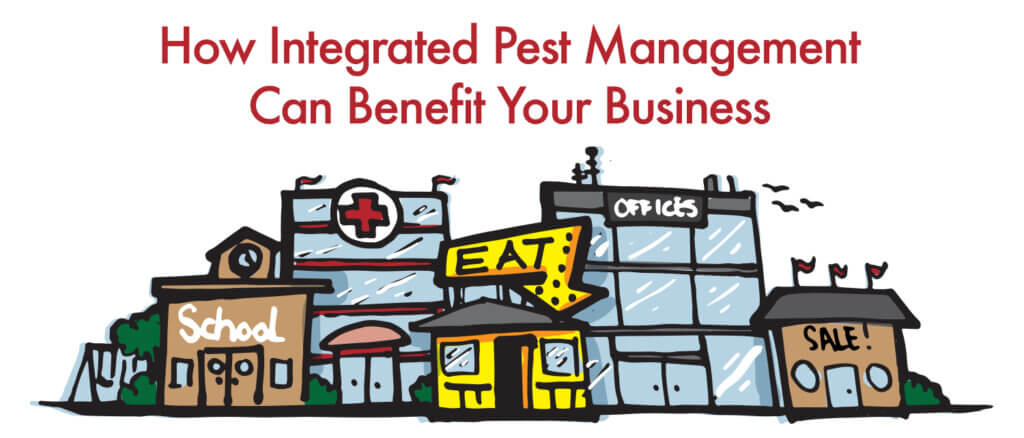
When it comes to the health and safety of your employees and customers, keeping your business pest free is a crucial step. That’s where Integrated Pest Management (IPM) from OPC can help. IPM is a safe, environmentally conscious way to keep your business free of costly pest infestations. Here are the main benefits of IPM for your business:
Financial
Pest infestations cost businesses billions of dollars every year. Ruined inventory, lost customers, and increased maintenance and repair costs are just some of the financial burdens caused by pests. By getting ahead of pest infestations with IPM, you can avoid costly damage to your business. Over time, IPM costs can even go down because the problem has been addressed.
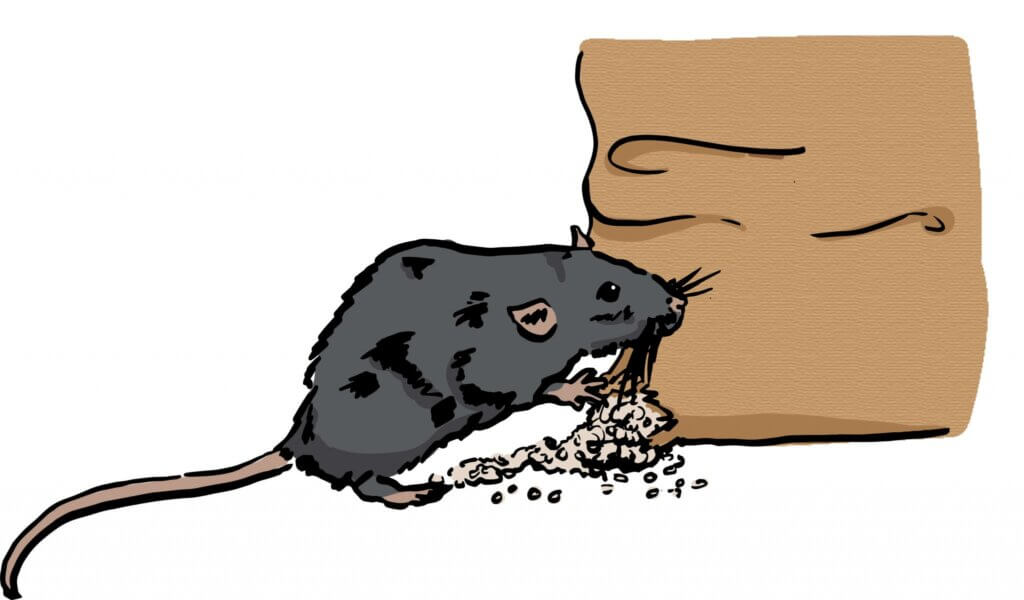
Health
Put simply, IPM helps protect the health and comfort of your employees and customers. Infestations of pests like rodents, cockroaches, and dust mites can be a significant issue for those who suffer from allergies or asthma. By keeping your business pest free, you’re creating a healthier environment for everyone.
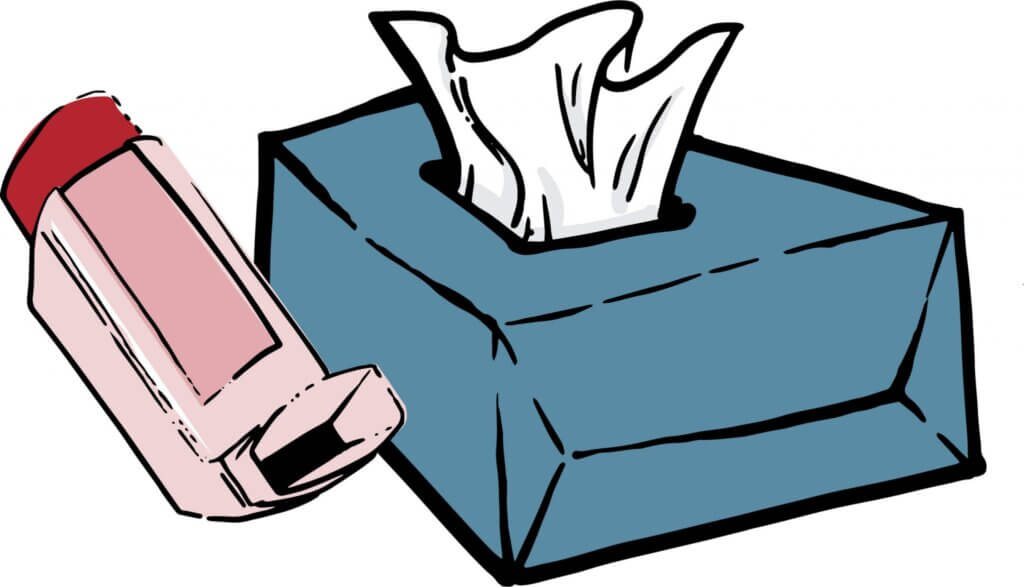
Reputation
If you’re in the food service industry, for example, one pest incident can drive customers away and put a stain on your image. The same is true for anyone in the hospitality business and other industries as well. Don’t take chances with your reputation. The IPM professionals at OPC can help keep pests at bay and your reputation intact.
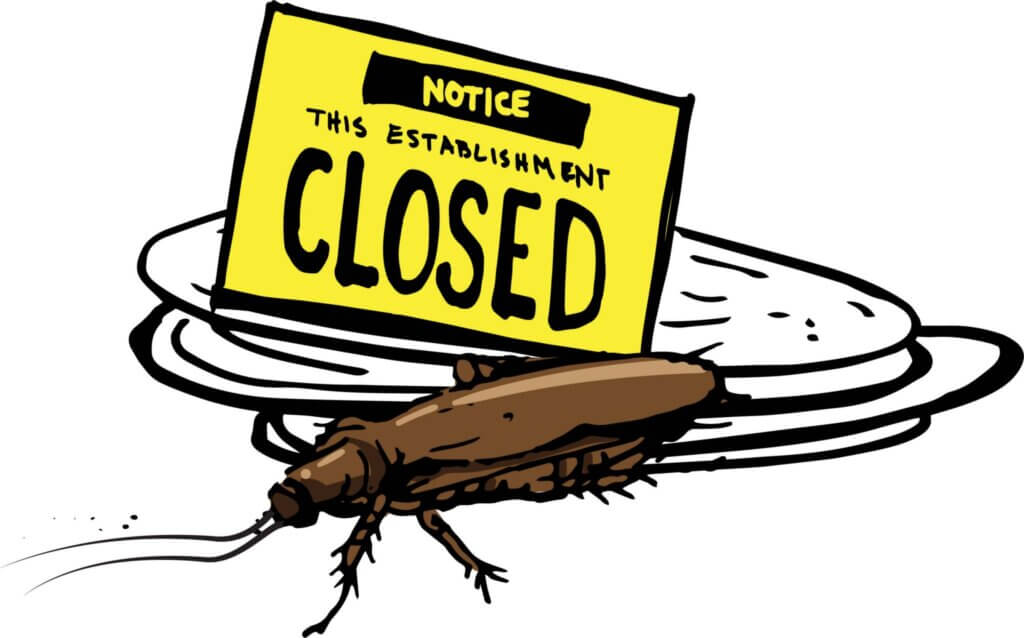
How Does IPM Work?
Unlike traditional pest control, IPM takes advantage of all appropriate pest management strategies, including the judicious use of pesticides when needed. At OPC, we do a thorough assessment of your environment and tailor your program accordingly. Like all successful IPM programs, we use this four-tiered implementation approach:
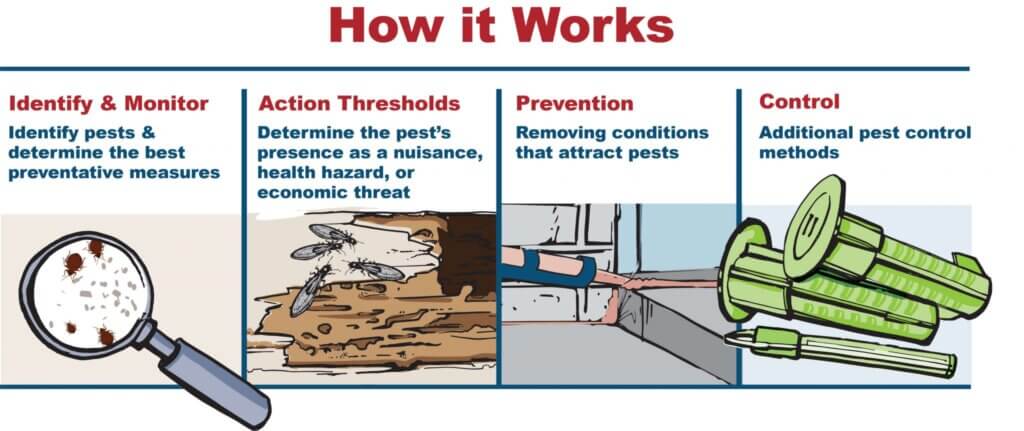
- Identify pests and monitor progress. Every business has unique needs. We identify the pests and determine the best preventative measures for those pests, which means we won’t harm beneficial organisms. We monitor the pest populations and areas that are vulnerable, then monitor the success of our prevention and control methods.
- Set action thresholds. This is where we determine the level at which the pest’s presence is a nuisance, a health hazard, or an economic threat. Knowing this will guide all decisions regarding the size, scope, and intensity of your plan.
- Prevent pests. IPM is focused on prevention by removing conditions that attract pests in the first place. Some of these preventative actions include:
- Reducing clutter
- Sealing areas where pests can enter
- Removing trash and overgrown vegetation
- Maintaining clean dining and food storage areas
- Installing pest barriers
- Removing standing water
- Educating building occupants on IPM
- Control pests. When the action thresholds described above are exceeded, pest control methods are needed. At OPC, we use the most effective, lowest risk options to our professionals, building occupants, and the environment. Some of these control methods include:
- Pest trapping
- Heat/cold treatment
- Physical removal
- Pesticide application
- Siding Repair
- Soffit Repair
- Storm Door Installation
- Weather Stripping (Including Garage)
- Window Repair and Replacement

Industries That Benefit Most From IPM
- Educational institutions
- Food & beverage processing
- Food service
- Healthcare facilities
- Hospitality & lodging
- Multi-unit housing
- Office buildings
- Retail Stores
- Warehousing & distribution
Keep Your Business Free from Pests
If you have any questions about our IPM programs, and how they can benefit your business, call us today at 800-964-7378 for a free quote.